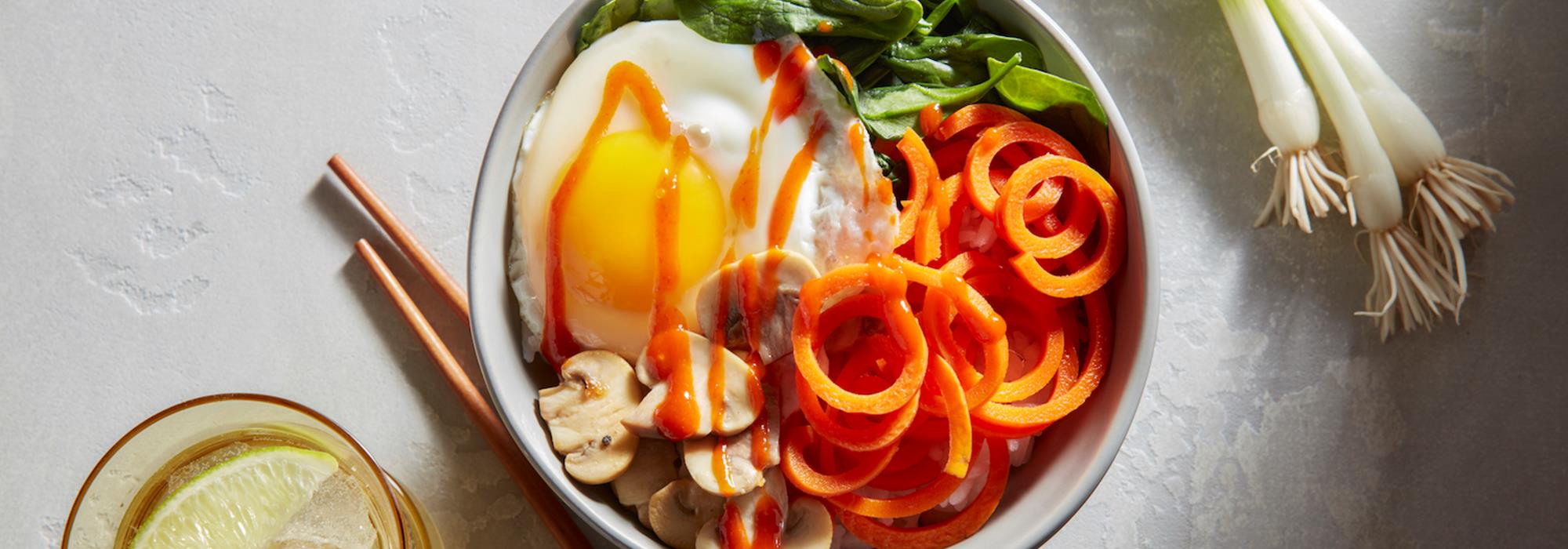



Keeping Up With Trends: Your Brand's Guide To Creating A Successful Digital Recipe Catalog
Recipes are one of the most competitive, searched for, and requested inquiries on search engines. The search of recipes alone via Google yields over 10 million results—from media groups like New York Times to websites like Eater, All Recipes, and even consumer & packaged goods companies like Smucker’s and Nestlé.
Digital recipes are nothing new, but the way we interact with them has changed and the standards for what constitutes a “good” recipe—quality of ingredients, level of difficulty, uniqueness, and the final presentation—have all been raised. This leaves brands with a dilemma that many are seeing as a direct result of the great content push of the last three years.
Are you creating content just to keep up, or are you creating content that is meaningful, impactful, and of a quality that is going to break through the ever-present online noise?
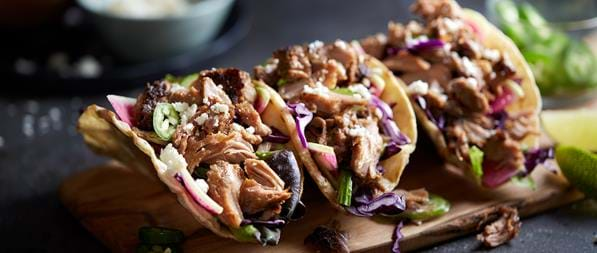
New recipes, on-trend imagery, and key benefits are critical differentiators in the market and creating consumer desire for your product. It’s vital to your brand’s marketing platforms—website, social media, and print. And, don't forget your positioning at retail, as it provides you a competitive advantage as your brand’s content is now being used as leverage when securing shelf space at retail locations. According to client testimonials, an update to visual imagery alone can increase sales by 50% in some cases.
We’ve gathered a list of trends that may be worth keeping an eye on for your brand. Keep reading, as we also have you covered on what to do!
- Farm-to-Table and White & Bright are being replaced by a hybrid of the best of both.
- User-generated content is key on social, so having everyday people make recipes in raw format is climbing the ranks on Instagram and TikTok and is how most prefer to digest.
- ASMR Recipes: Beautiful recipes, easy to make, and have an autonomous sensory meridian response (ASMR).
- Digital recipe cards for your website make it easier to share and save your recipes for offline viewing or quick access without ads or clutter.
- Subtle recipe name-dropping. Letting the recipe do the talking and making the brand the best-supporting actress. A more authentic approach is appreciated and the marketing is demanding.
- Simple recipes with big taste: fewer ingredients & simple to make.
- CGI Food: Wizards of the CGI world are finding ways to create complex imagery through CGI, a one-time impossible feat, that is now done digitally.
Most food-focused CPG brands rely on recipes as the main source of their content and encourage engagement with their audience. Look on the back of any ketchup bottle or peek at any endcap the next time you’re in a grocery store—we bet you’ll find a recipe to try. Recipes drive engagement and they’re something that brands should keep top-of-mind during planning sessions.

The panic of not having enough content is one thing, but the panic of not knowing how to filter the content you have or go about creating new content is another. To help, we’ve put together a checklist that may guide you as you think about the next steps.
Get Organized
Assess your current inventory. Are your visual assets outdated or off-trend? Do they match your brand guidelines or are they more of a mixture of different aesthetics your brand may have embraced as it grew throughout the years? Decide what is good, what is bad, what needs to be updated, and what needs to be organized. Most budgets won’t allow for a complete overhaul, so you’ll need to pull out your excel sheets and have your team provide some Google Analytics on where you should focus first.
Set Value For Your Project
If you are organized, you are already saving money as it will drastically reduce recipe shoot hours and days. Industry standards on a typical day shoot can be in the $1000s for 6-10 high-quality images designed to drive engagement. Remember, the goal is to get more than vanity metrics. Creating content just for the sake of it is where most brands usually misstep as the status quo usually overtakes the brand direction and vision. By doing this, you forfeit quality and end up degrading the overall integrity of your brand.
Call For Help
You’re likely going to need help if you want to efficiently handle an update to your recipe catalog. If you have an internal creative team, have them partner with a studio that understands the brand, the direction you want to take, and will add support. Having your internal team tackle this alone has been proven to create burnout, diminish efficiencies, and could end up costing up to 10 times more in the long run. Communication is vital, so come to the table with your brand vision and work with your internal team and studio partners to establish a look that is going to compliment the brand, yet still drive it to cut through the online clutter. Your photography should be able to provide impressive, elevated, and on-trend recipes that will generate engagement and start to create a more current look without cannibalizing the rest of your marketing dollars.

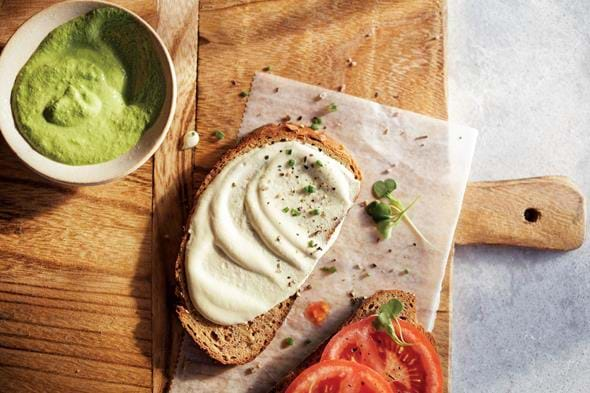
Create
You don’t need to be in a studio to have great photography. Many studios have real-time communication that taps right into the photographer’s camera so that your team can art direct, provide feedback, and understand the process all from your laptops or phones. The transition is seamless and quite pleasant from both sides.
Consistency
It’s best practice to keep current with your recipes, as content, as branding, and as a way to create a constant quality content drip that feeds into the market. Oftentimes brands will explore a recipe shoot, and not come back for 2-5 years, which then creates a vicious cycle of complacency. They receive positive brand traction for a couple of months with the new recipes but then spend four years with status quo once they run out. Work with your studio partners and your internal creative team to develop a cost-effective system where you can continually create more recipes and more content without losing market share.
Share
New recipes = new content. Use your marketing team to share the content across different platforms—print, digital, social, retailer, sales, and packaging. Your new imagery can be used for your brand website, can be digitized in a recipe card format for social posts, and can become leverage points for when creating retail promotions. Your packaging team may even leverage the photography for updated special packaging.
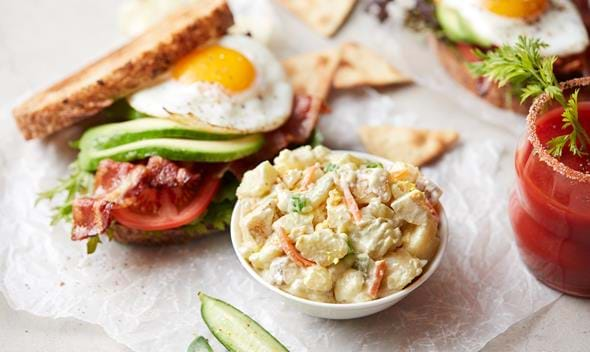
It’s not easy to navigate alone, so we hope that we’ve given you enough to act upon. Kalman & Pabst specializes in culinary photography, from tabletop to motion to even CGI food. We’d love to consult with you on your next project, so please don’t hesitate to follow us on social or reach out to our team!

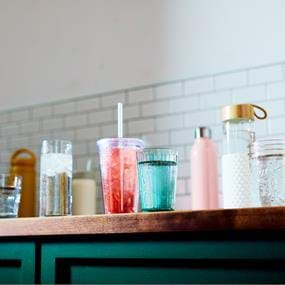 It’s More Than A Water Cooler; It’s Sustainability
It’s More Than A Water Cooler; It’s Sustainability
 Solar Panels: The Impact of Solar Energy Within the Creative Industry
Solar Panels: The Impact of Solar Energy Within the Creative Industry